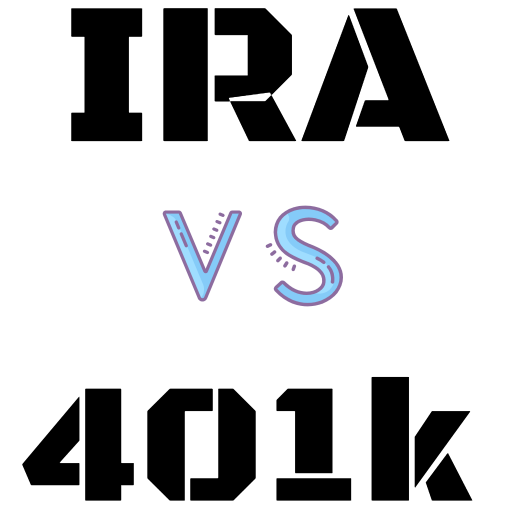
The DOL recently issued Field Assistance Bulletin 2021-01, blessing the PBGC’s Missing Participant Program as an additional method of addressing a perennial issue in 401(k) terminations – the problem of missing participants and beneficiaries with remaining account balances.
Background.
After a defined contribution plan’s termination, DOL regulations provide a safe harbor allowing the distribution of remaining accounts to individual retirement accounts (IRAs). This safe harbor is conditioned on the plan administrator providing the required distribution notice and the account holder’s failure to timely make a distribution election. At the end of 2017, the PBGC expanded its Missing Participant Program, opening up the option for plan fiduciaries of defined contribution plans to transfer remaining account balances to the PBGC rather than to an IRA provider. If the plan fiduciaries have performed a diligent search within the past 9 months, the PBGC Missing Participants Program allows the transfer missing participants’ account balances from a terminated plan to the PBGC for a fee of $35 per account.
Shortly after the PGBC expanded its program, the DOL announced its intention to review the safe harbor regulations in light of the availability of this new option. In Field Assistance Bulletin 2021-01, the DOL has now announced its policy of not pursuing violations under ERISA’s distribution rules if a plan fiduciary otherwise complies with the safe harbor rules but transfers remaining account balances to the PBGC Missing Participant Program rather than to an IRA provider. This policy will remain in effect pending any further guidance.
Key Considerations.
-
Use of the PBGC Missing Participants Program does not relieve plan fiduciaries from the duty to diligently search for missing participants and beneficiaries before assets are distributed. The DOL requires plan fiduciaries to maintain adequate records and to take steps to ensure that the plan has complete and updated participant and beneficiary contact information (see our post on newly issued guidance regarding best practices with respect to missing participants). This becomes particularly important in the context of a plan termination, where assets must be distributed to the account holders. The DOL specifically noted that expansion of the safe harbor to include the PBGC Missing Participants Program does not preclude DOL findings of violations for failures to perform diligent searches or to maintain adequate plan and employer records.
-
Plan fiduciaries must otherwise comply with the requirements of the DOL safe harbor (although the required notices must be revised to reflect the transfer of the account to the PBGC, and to include the program’s website and consumer contact number). The DOL has a model notice that can be used to comply with the safe harbor requirements. If the notice is returned as undeliverable, the plan fiduciary must take appropriate steps to try and locate the individual. Following the fiduciary’s search, the individual is deemed to have been furnished the notice and to have failed to make an election.
-
The PBGC’s fees may be paid from the transferred accounts, unless prohibited by the plan document (and, in the case of an abandoned plan with no remaining employer, the fees may be paid from account balances even if the plan document otherwise calls for payment by the employer).
-
Plan fiduciaries may transfer accounts to the PBGC if the participant or beneficiary previously elected a lump sum but failed to cash the check prior to its “cash-by” date (provided it is at least 45 days from issuance) or, if none, before the check’s stale date.
Proskauer Perspective.
Plan administrators should remain diligent in their efforts to update and maintain appropriate participant records in the course of ongoing plan administration, and plan fiduciaries must perform diligent searches for any missing or non-responsive individuals upon plan termination. However, by incorporating the PBGC’s Missing Participant Program into the regulatory safe harbor framework, Field Assistance Bulletin 2021-01 provides welcome guidance for plan fiduciaries trying to meet their responsibilities to distribute account balances after plan termination.
For a more detailed look at issues surrounding 401(k) plan terminations generally, see the article linked here.
© 2020 Proskauer Rose LLP. National Law Review, Volume XI, Number 25
